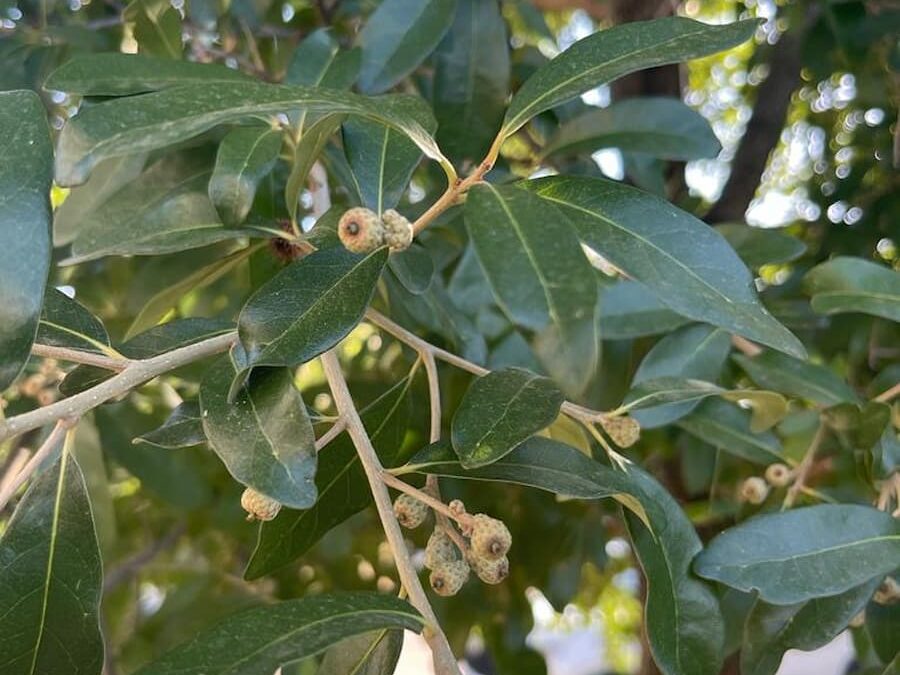The Diversity of Oak Trees in Texas, The Nutty Delight: Acorns, The Bitter Truth: Tannins in Acorns, and Utilizing Acorns
Oak trees, with their majestic presence and abundant acorns, have long captivated our imagination. These magnificent trees not only provide shade and shelter but also offer a bountiful harvest of acorns, which have been utilized for various purposes throughout history. In Texas alone, there are over 50 different species of oak trees, each with its own unique characteristics and contributions to the ecosystem.
The Diversity of Oak Trees in Texas
Texas boasts an impressive array of oak tree species, adding to the state’s rich biodiversity. Among the most prominent are the white oak trees and red oak trees. The Diversity of Oak Trees of white oak trees, known for their light-colored bark and rounded lobed leaves, are highly valued for their durable wood, which is used in furniture making and construction. On the other hand, red oak trees, with their distinctive reddish-brown bark and pointed lobed leaves, are prized for their strong and versatile timber, often employed in flooring and cabinetry.
The Nutty Delight: Acorns
Acorns, the fruit of oak trees, are a significant part of the oak tree’s life cycle. These small, oval-shaped nuts are encased in a protective cap and are a vital food source for many animals, including squirrels, deer, and birds. Acorns are rich in nutrients, providing a high-calorie meal for these creatures during the fall and winter months when other food sources may be scarce.
The Bitter Truth: Tannins in Acorns
While acorns are a valuable food source, they do come with a caveat. Acorns contain tannins, natural compounds that give them a bitter taste. Consuming acorns without proper preparation can be unpalatable and potentially harmful. To make acorns edible, they must be soaked in boiling water to remove the tannins. This process, known as leaching, helps to neutralize the bitterness and make the acorns suitable for consumption.
Utilizing Acorns
Once the tannins have been removed, acorns can be used in a variety of culinary creations. They can be ground into flour and used as a substitute for wheat flour in baking or added to soups and stews for a nutty flavor. Acorn flour can also be used to make pancakes, bread, or even pasta. Additionally, acorns can be roasted and enjoyed as a snack, similar to chestnuts.
Beyond their culinary uses, acorns have also been utilized for medicinal purposes and as a source of natural dyes. Native American tribes have long recognized the healing properties of acorns, using them to treat ailments such as diarrhea and inflammation. Acorns can also be boiled to extract tannins, which can be used as a natural dye for fabrics and fibers.
Conclusion
The Diversity of Oak trees and their abundant acorns are a testament to the wonders of nature. From providing shelter and shade to nourishing wildlife and offering a versatile food source, these mighty trees have played a significant role in human history. So, the next time you come across an oak tree or stumble upon a pile of acorns, take a moment to appreciate the intricate relationship between these majestic trees and the natural world around us.

